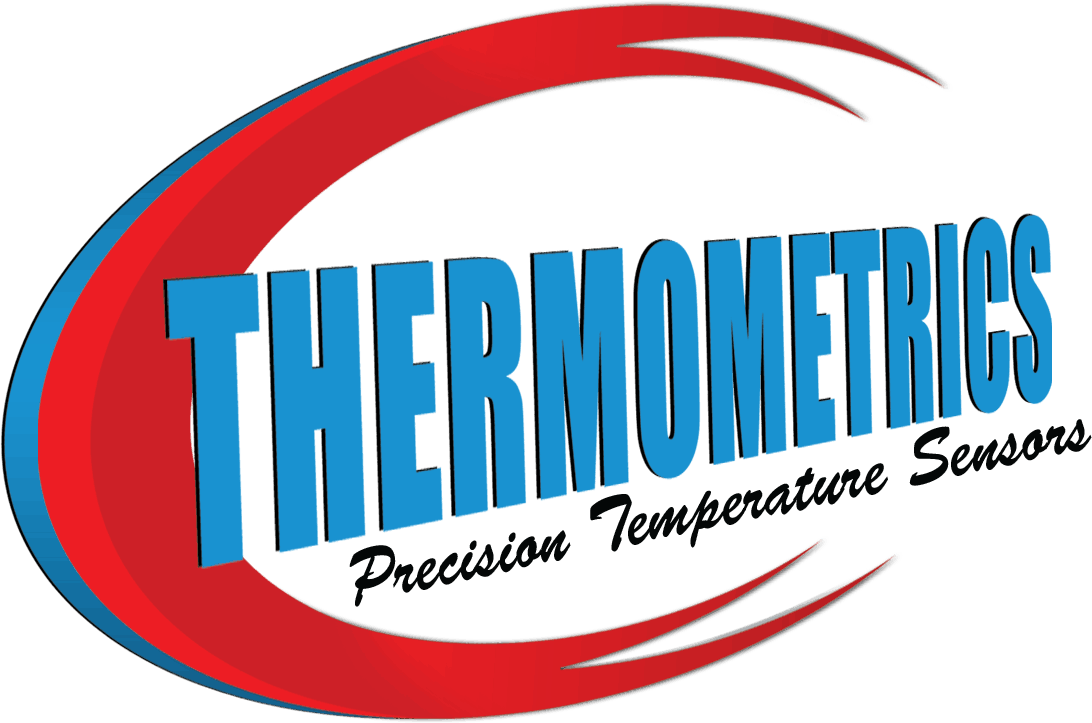Selecting The Right Temperature Sensor
Imagine that you are an Instrumentation Engineer. You are looking at the prints for a new plant, and you see the many locations marked out for temperature transducers. You ask yourself; What has been specified to fill each space? RTD for their high accuracy and linearity? Or thermocouples because of their lower cost and familiarity?…
read more